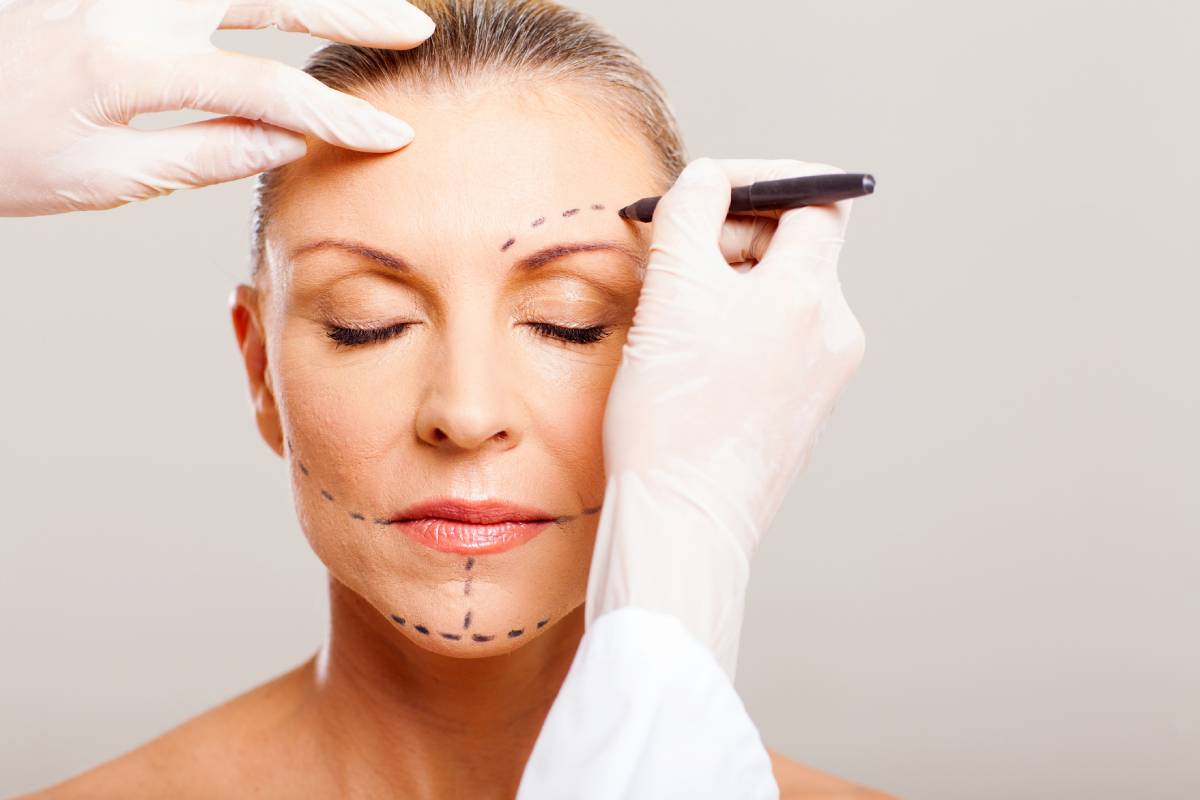A mid-facelift is a popular cosmetic procedure. It is designed to rejuvenate the middle portion of the face. This includes the cheeks and under-eye area. The surgery involves tightening tissues and repositioning fat pads in the treated areas. These changes restore the youthful contours of your face. They also effectively reduce the signs of aging in the midface. One of the more important and overlooked factors of your results is the recovery period. A mid-facelift involves incisions. If these are not cared for, they can result in visible scarring. Even though scarring is a natural part of the healing process, its visibility can be minimized with proper care. Below you will find helpful tips on how to reduce scarring after a mid-facelift.
How to Reduce Scarring After a Mid-Facelift
Understanding proven strategies to support wound healing is crucial for achieving the best cosmetic outcome. Feeling confident in your results is the key to boosting your confidence after surgery. Below are some of the most effective ways to reduce scarring after a mid-facelift.
Follow Your Surgeon’s Instructions
One of the most integral steps for your recovery is following your surgeon’s post-operative instructions. The instructions are tailored to your procedure, incision placement, and personal health profile. This typically includes guidance on wound cleaning, dressing changes, and prescribed medications. Following these directions exactly lowers your risk of complications. This includes infections, which can worsen scarring. Patients who do not follow the instructions often notice visible scarring and slower healing. This inevitably impacts your final results.
Caring for Your Incisions
Research has proven that wound care is essential after surgery. This not only prevents infection but it also reduces the appearance of scars. A moist wound environment has been shown to improve healing. This creates an environment where new tissue can easily regenerate. It also reduces the thickness of scars. Follow your surgeon’s instructions on what products to use, when to use them, and how often to clean your wounds. These often include a gentle soap and ointment. It is critical to avoid harsh skincare products until your oculoplastic surgeon clears them.
Protect Your Skin
Sun exposure is a contributing factor to scar formation. UV exposure darkens scars and makes them much more visible. After surgery, use at least SPF 30 on a daily basis. This is essential even if you do not go outdoors. Talk with your oculoplastic surgeon about which sunscreen products they recommend. To provide additional protection, wear protective eyewear and a wide-brimmed hat. Keeping your skin protected from UV exposure is essential in reducing scarring and prolonging your results.
Silicone Scar Sheets
Silicone products have been proven to reduce scarring. They can soften scars, reduce redness, and improve their overall appearance. The products hydrate scar tissue and boost collagen production. Using silicone products on newer scars is much more effective. Begin treatment as early as you are cleared to do so. They can usually be applied once the incisions are closed. However, talk with your oculoplastic surgeon before beginning use to ensure they are right for you.
Avoid Smoking and Alcohol
Smoking and alcohol consumption impact the healing process. Smoking impairs healing by reducing blood flow to the skin. It also slows down collagen production. This can lead to scars that are thick and wide. Alcohol also impacts hydration and immune function. This slows down the healing process and can impact your results. Avoid smoking and drinking for several weeks before and after your surgery for the best results.
Top Oculoplastic Surgeon
If you want to improve your appearance, contact the team at McCracken Eye and Face today to schedule your consultation!



